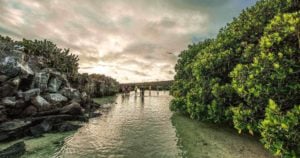The US Army Base known as “The Rock”
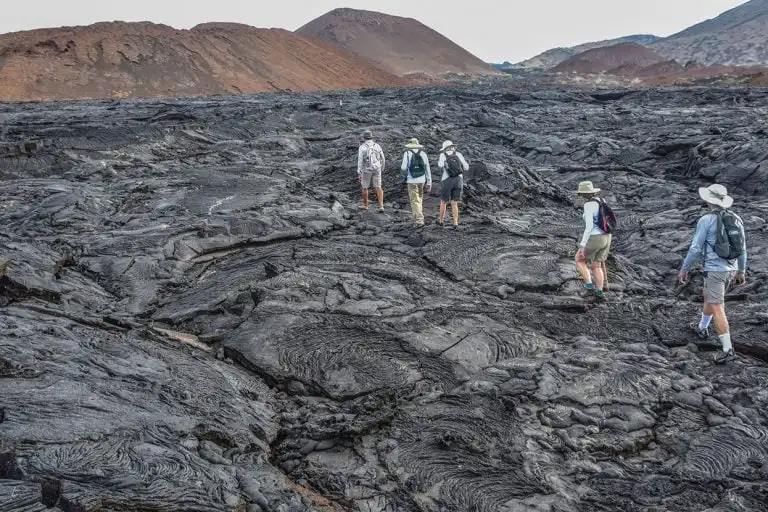
The Galapagos Islands are most known for tales of treasure hunts, toothless dentists, and hulking, massive reptiles from World War II, but they were also a part of a highly classified military operation. In 1941, American fears over Japanese intentions led to the construction of a top-secret military facility on Baltra. Find out more about the US Army Base known as “The Rock”.
During WWII, the US Army had an aviation base in Baltra, in the Galapagos Islands. US Army photo from Wikipedia Commons
The US Army Base’s historical
From the turn of the 20th century, the United States has been contemplating the strategic significance of the Galapagos Islands. In 1911, the United States proposed leasing the archipelago for 99 years for US$ 15 million. Prior to the Panama Canal’s completion in 1914, the archipelago played a significant role as a refueling location for transoceanic freight transport ships. The crime was completed in 1941 when the war broke out in Europe and Asia and Pearl Harbor was attacked. Seeking to secure the Panama Canal, the US contacted Ecuador once more about leasing the islands for a military outpost. The forces reached the islands five days after Pearl Harbor and started constructing a modest naval aircraft refueling station, even though the offer was not formally accepted until 1942. The US army base’s formal construction started in March 1942. Mrs. Eleanor Roosevelt is one of the well-known guests of the Base.
Image sourced from Wikipedia Commons by the National Archives and Records Administration
Effects on the Islands
This base caused the population of the Galapagos Islands to increase from 810 in 1941 to almost 3200 people, which had important and long-lasting effects on the islands. Fish, agricultural goods, and water were extremely popular. Although this was great news for the general public, the islands themselves were under a great deal of stress as a result. Farming needed more area, and there was a considerable rise in traffic to and from the islands, which raised the risk of invasive animals and the migration of local species between islands. Water from the mountains was also brought to San Cristobal’s Wreck Bay by a water pipeline, and from there it was shipped by barge to Baltra Island. As a result of the increasing water availability, immigration also rose, becoming much more noticeable once the Galapagos Archipelago’s first land-based airport was built (today, this airport serves as the primary entrance point for most visitors to the islands).
After the war ended in 1946, the US army base on Baltra deactivated its airbase, and much of its construction was swiftly demolished. Most of the building materials were utilized by the islanders to construct some of the first homes in Puerto Baquerizo Moreno and Puerto Ayora. Since then, the base’s remnants have been consigned to the pages of history, and the top-secret facility is still mostly unknown. On the other hand, as you make your way from the airport to the Canal de Itabaca, look out for the concrete foundations of former structures that are now home to little flora and animals and are adorned with the signs of aging. A fortunate few will even get to witness the nearly extinct land iguanas, which are now resurrected and freely wandering various island sites. A few of these iguanas are plainly visible strolling leisurely in the vicinity of the airport’s facilities.
On your next trip to the Galapagos Islands, be sure to visit the US Army installation!
Ahead of your Galapagos excursion, get ready!
Get ready for your Galapagos tour!
Baltra Base
Because of its central location within the archipelago and its level terrain, Baltra Island was selected as the primary base. On Baltra, two airstrips and some 200 structures were constructed in a few of months. There was no airstrip longer in South America than the one on Baltra Island at this particular period. Upon completion of construction, the base housed about 2,400 military members, comprising an airbase detachment, a seacoast searchlight platoon, a reinforced infantry company, a heavy bombardment squadron, and a coastal artillery battery.
But the men were undoubtedly not fond with the base. The US army facility, known as “The Rock”, got its moniker from a serviceman who told then-First Lady Eleanor Roosevelt that if you moved one rock, you would find two more underneath it. Morale was poor at the base, despite the Galapagos Islands’ current global renown. With nothing to do in their leisure time, the soldiers mostly engaged in deep-sea fishing and kept wild goats as pets amid the scorching and desolate terrain. Six-month stays were the maximum allowed in the Galapagos due to low morale. But the treatment of the soldiers on the islands was good. They erected a little city with a movie theater, beer garden, bowling alley, and chapel. Additionally, the troops had the opportunity to enroll in college courses that may be transferred to American colleges in the future. Though hardly many people use it, South Seymour is another name for the island of Baltra.
RELATED STORIES
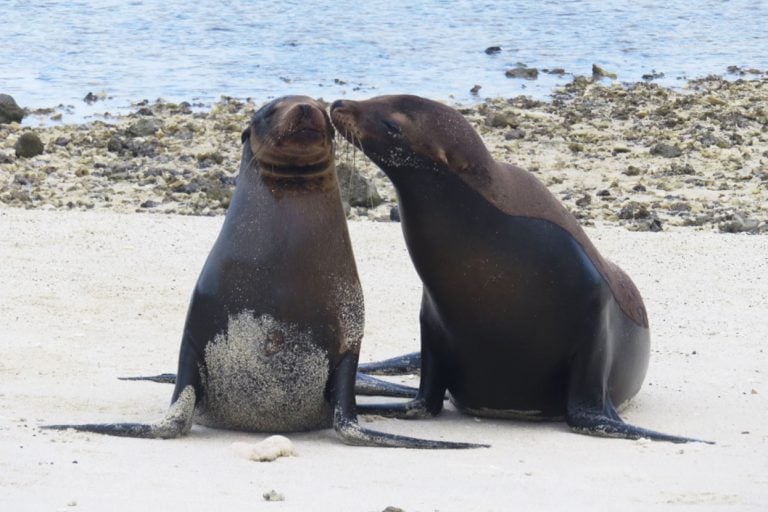
Six Stunning Ways Galapagos Island Animal Mothers Nurture Their Young
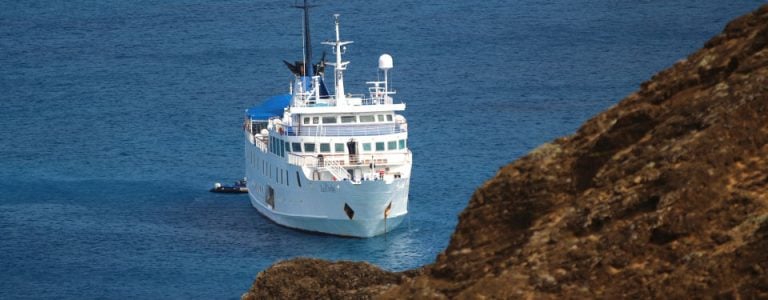
What’s the true difference between a Catamaran and an Expedition Vessel in the Galapagos?
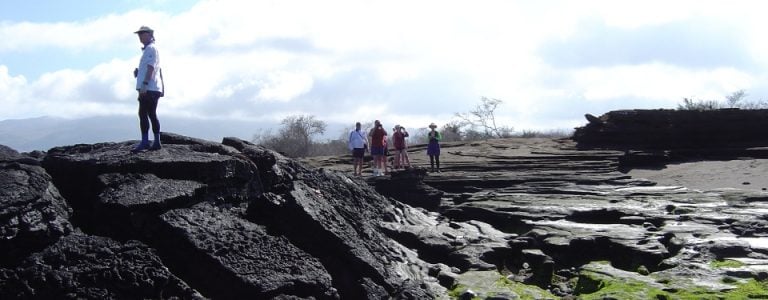
Famous People That Have Visited Galapagos
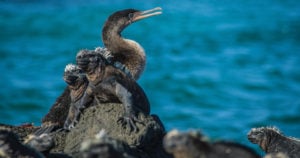
The Evolutionary Mystery of the Flightless Cormorant in Galapagos
